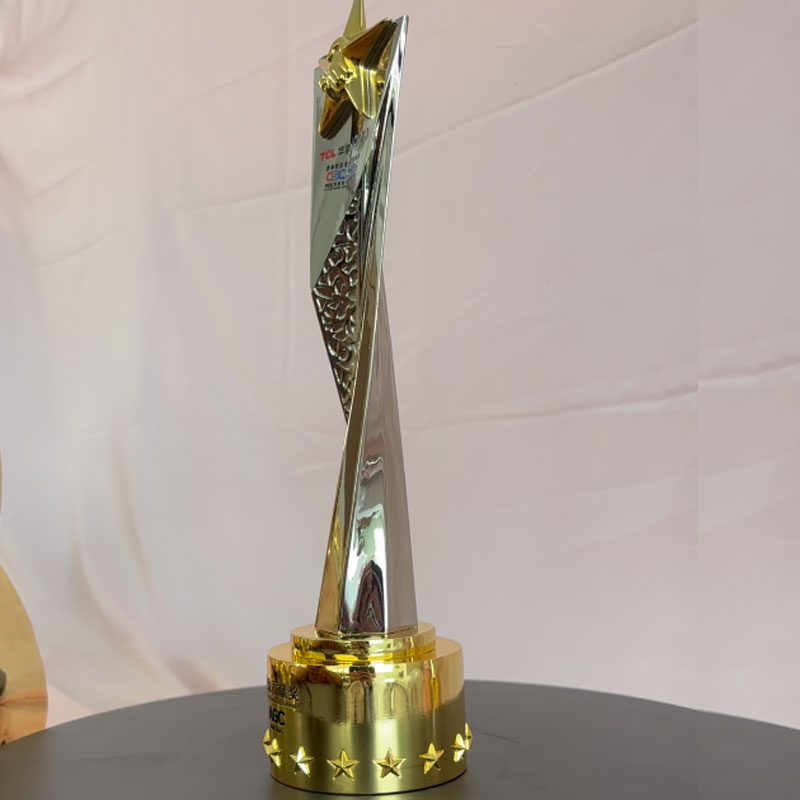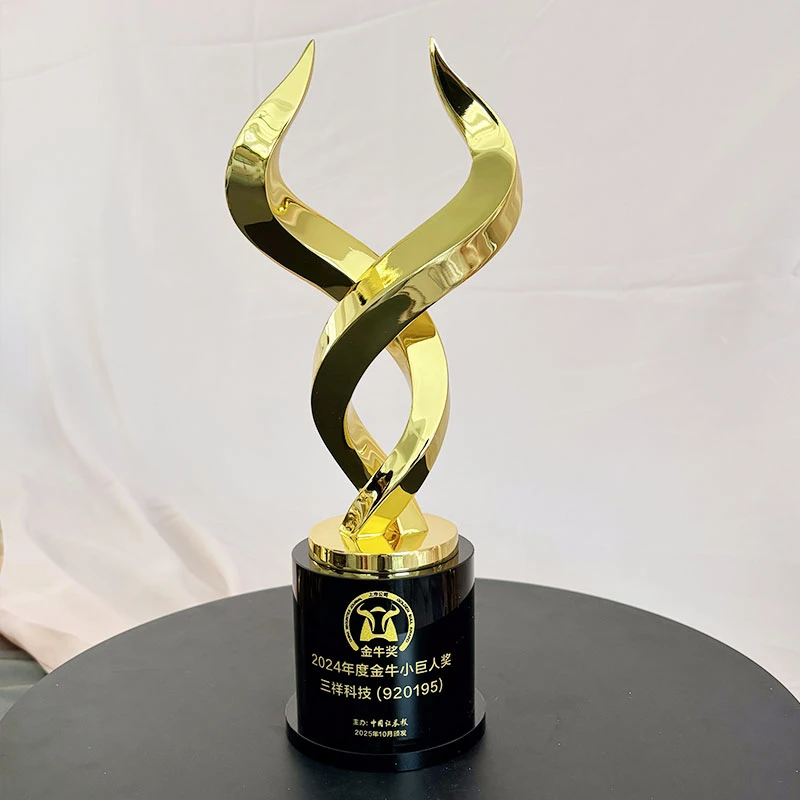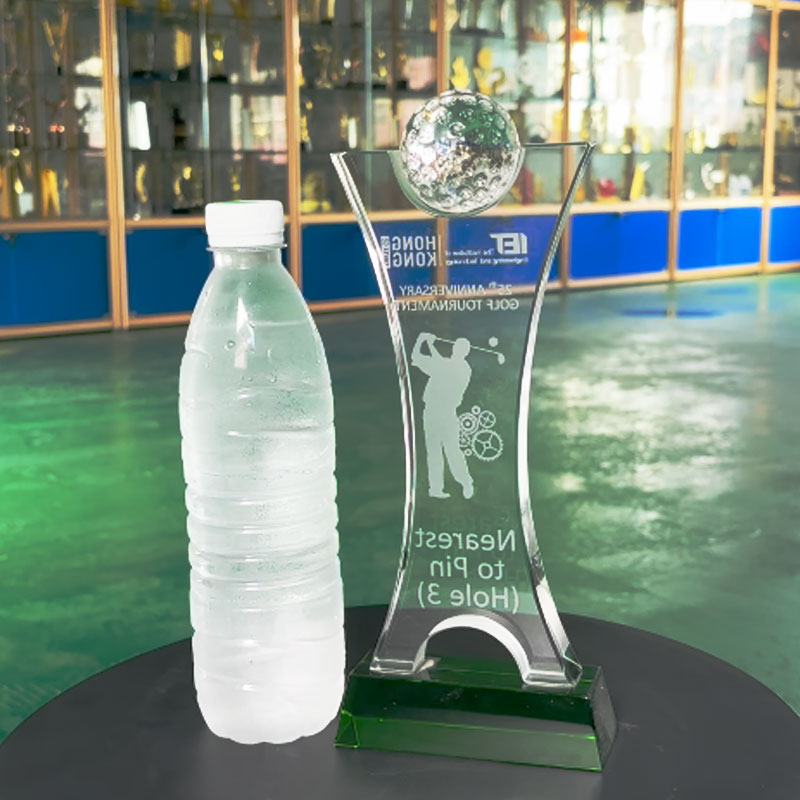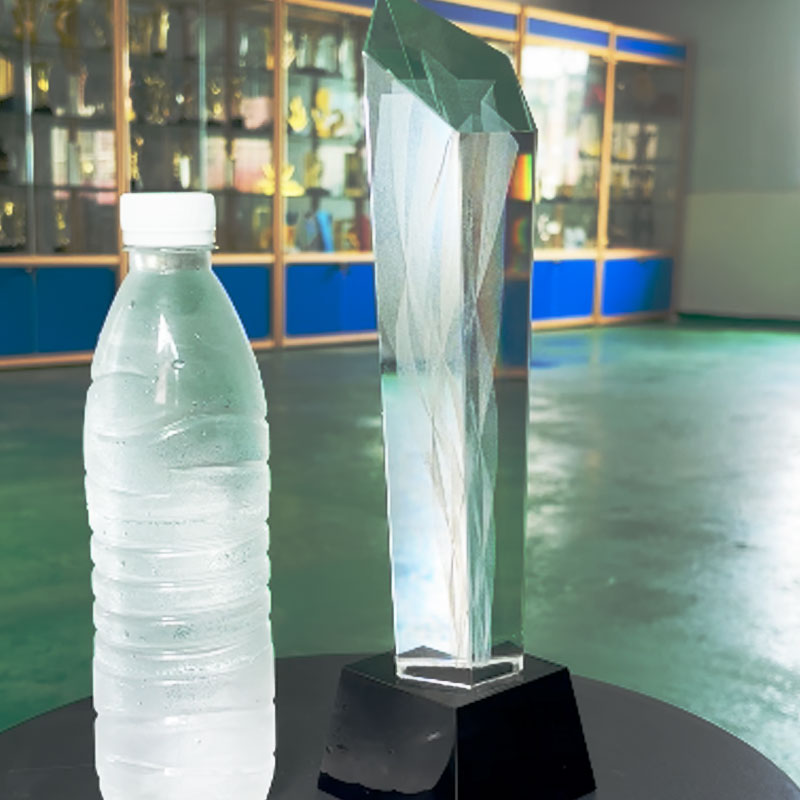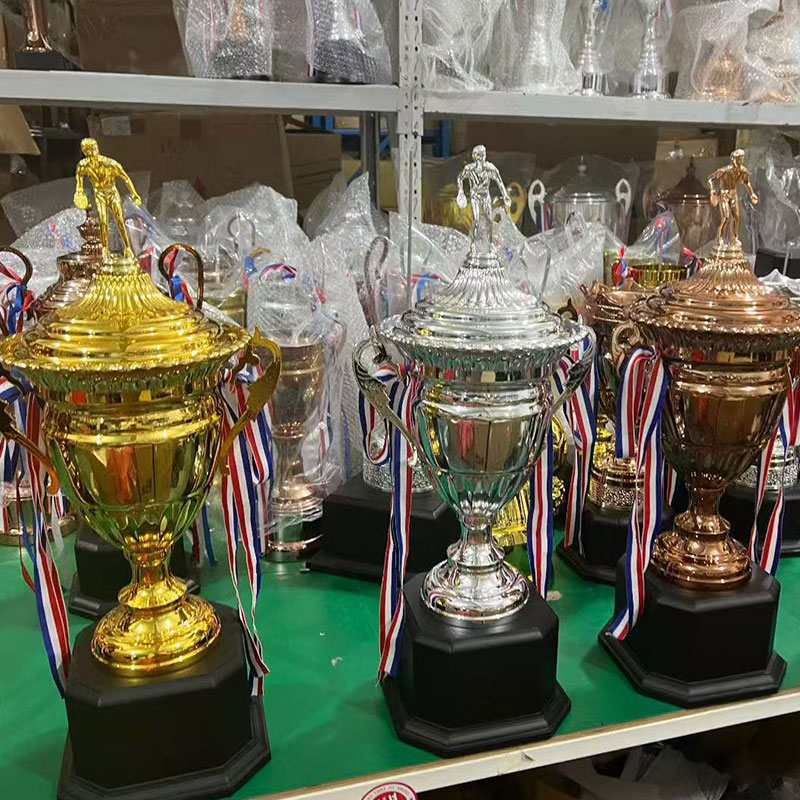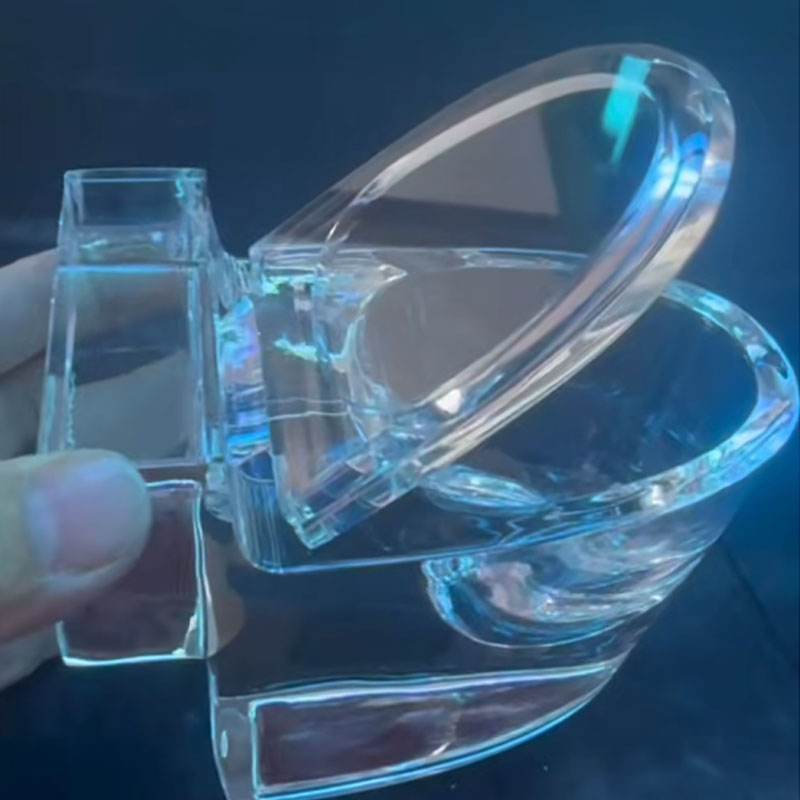Kuelekeza AI kwa uundaji wa takwimu maalum: Mwongozo wa wazalishaji wa mfano
Kuunda sanamu maalum ni mchakato wa kufurahisha, and artificial intelligence is making it more accessible than ever for both manufacturers and clients.
Ubunifu wa takwimu ya AI-Powered: Mwongozo wa hatua kwa hatua
Mchakato wa kuunda takwimu ya kawaida kutoka kwa wazo hadi bidhaa ya mwisho inaweza kuwa ya muda mrefu na ya gharama kubwa. Ai, Walakini, imekuwa mabadiliko ya mchezo. Zana kama lmana and similar generative AI platforms allow you to create kweli, Tafsiri za hali ya juu ya bidhaa unayotaka kabla ya kipande kimoja cha nyenzo kutumiwa. Hii inasaidia katika dhana za kudhibitisha, getting client approval, and even generating promotional materials for pre-orders.
Here’s a practical workflow you can use to design a promotional figure, similar to the one shown in the image you provided. This process combines specific instructions with the power of an AI model to bring your vision to life.
The Instructions I Used:
Using the Nano Banana model, a 1/7 scale commercial figurine of the character was rendered in a realistic style in a real-world environment. The figurine was placed on a computer desk with a round transparent acrylic base with no text on it. The content on the computer screen was the brush modeling process. The figurine was then placed on a Bandai-style toy box with the original painting printed on it.






Fafanua mfano wako: Anza na maelezo wazi na mafupi ya takwimu. Jumuisha maelezo juu ya tabia, yao mtindo (N.k., kweli, anime, katuni), na yao kiwango. Kwa mfano, “a 1/7 Kiwango cha kibiashara cha tabia ya mchezaji wa mpira wa miguu kwa mtindo wa kweli.”
Weka eneo: Mazingira ni muhimu kwa kuonyesha takwimu na kufanya picha hiyo ijisikie kuwa halisi. Fafanua mpangilio na props yoyote. Unaweza kuwa maalum sana, kama “Imewekwa kwenye dawati la kompyuta na msingi wa uwazi wa akriliki bila maandishi.”
Taja historia: To add another layer of realism, you can describe what’s happening in the background. For instance, “the content on the computer screen was a brush modeling process.” This adds a narrative to the image and can be used to showcase the craftsmanship behind the product.
Create the Packaging: A well-designed box is essential for a commercial product. Use the AI to generate an image of the figure on its packaging. You can specify the mtindo of the box and the original art to be printed on it. “The figurine was then placed on a Bandai-style toy box with the original painting printed on it.” This helps clients visualize the complete product.
The AI Advantage for Custom Model Manufacturers
For model manufacturers, AI helps in several key areas:
Prototyping: Instead of spending time and money on physical prototypes that might be rejected, you can generate numerous AI-powered visuals for quick client feedback.
Marketing: You can create stunning, professional-looking images for your website and social media before the product is even in production.
Customer Engagement: Clients can use these tools to customize their own ideas, providing you with a clearer vision of their needs. This streamlines the customization process and leads to higher client satisfaction.
By leveraging AI, the process of model and figure customization is no longer limited to physical artistry alone. It’s now a collaborative effort between human creativity and technological power, inayoongoza kwa haraka, ufanisi zaidi, na ubunifu zaidi wa bidhaa.
“Uko tayari kuleta miundo yako ya AI? Wasiliana MC ART AWARDS Kwa mwongozo wa kitaalam juu ya kugeuza maono yako kuwa ukweli.”



